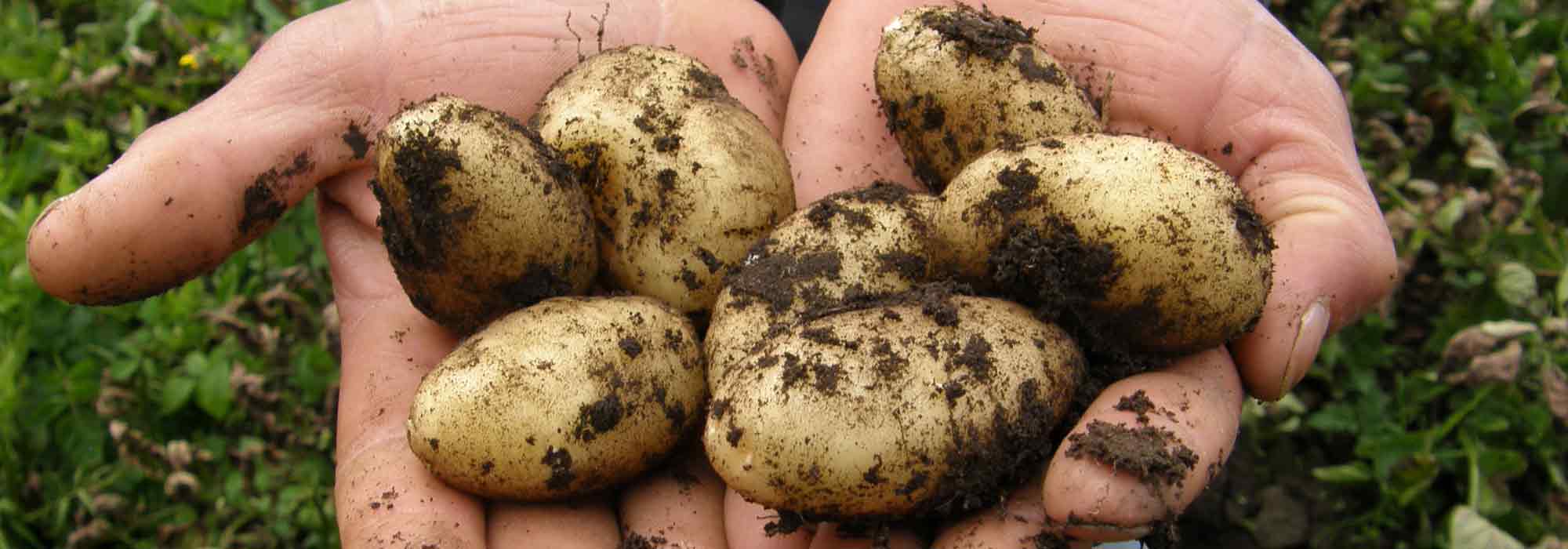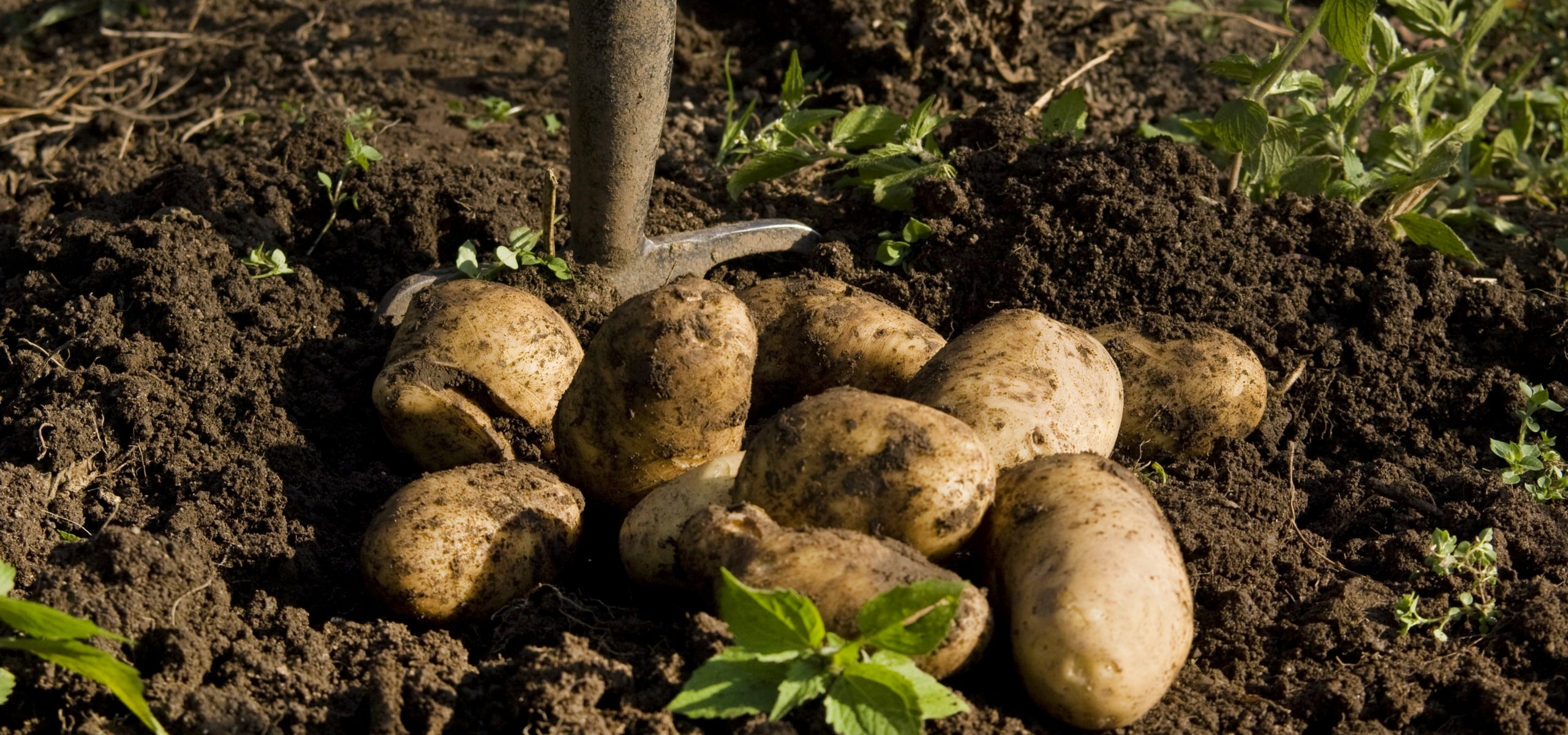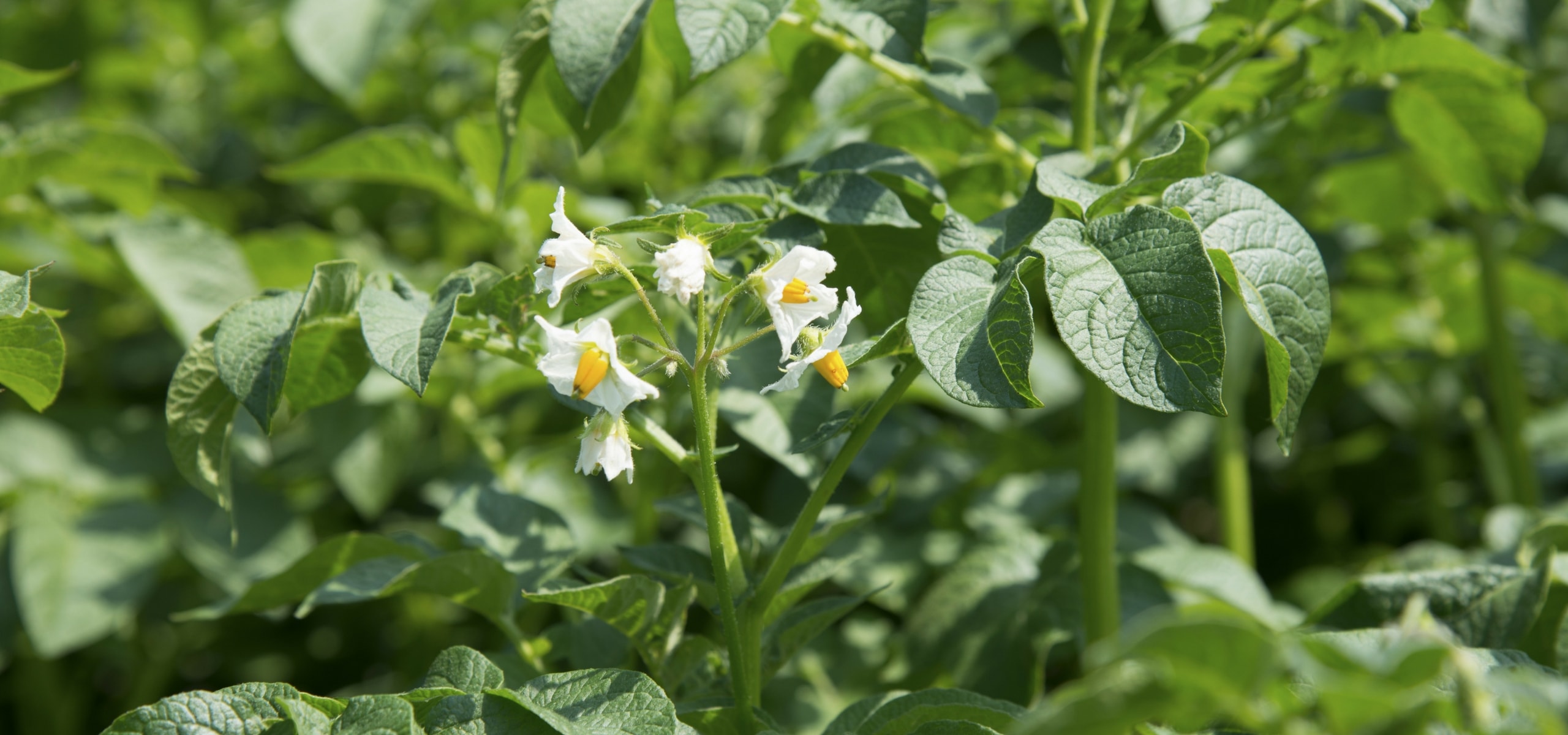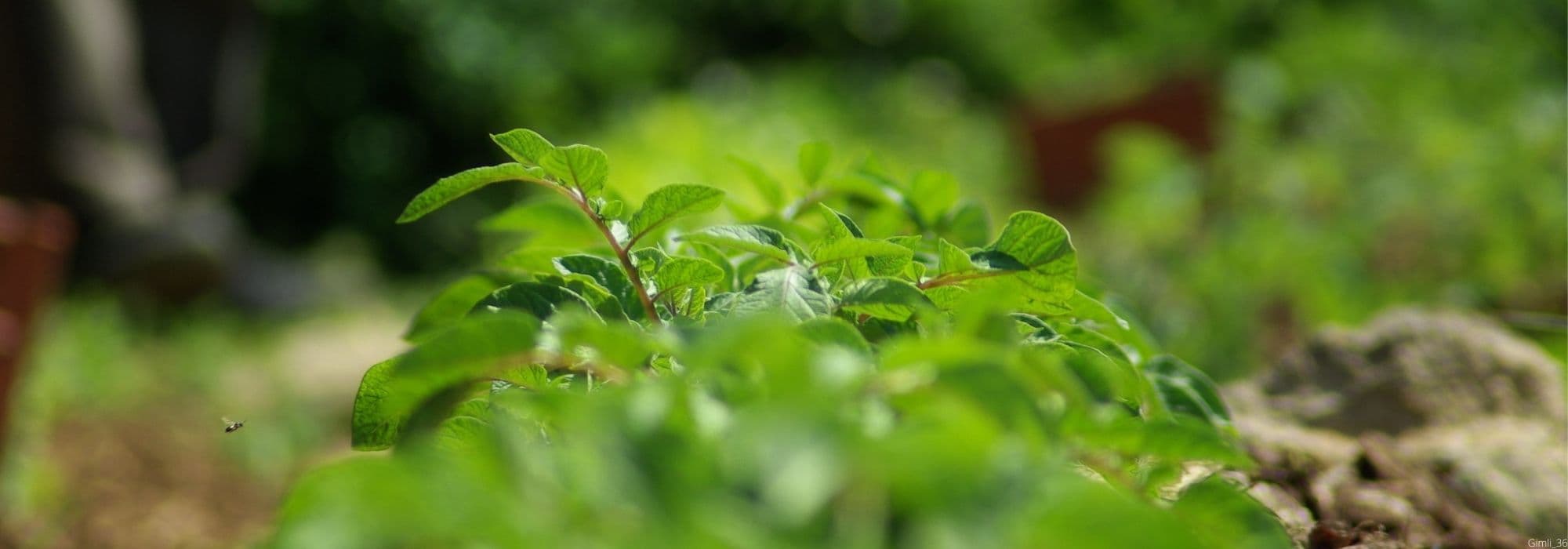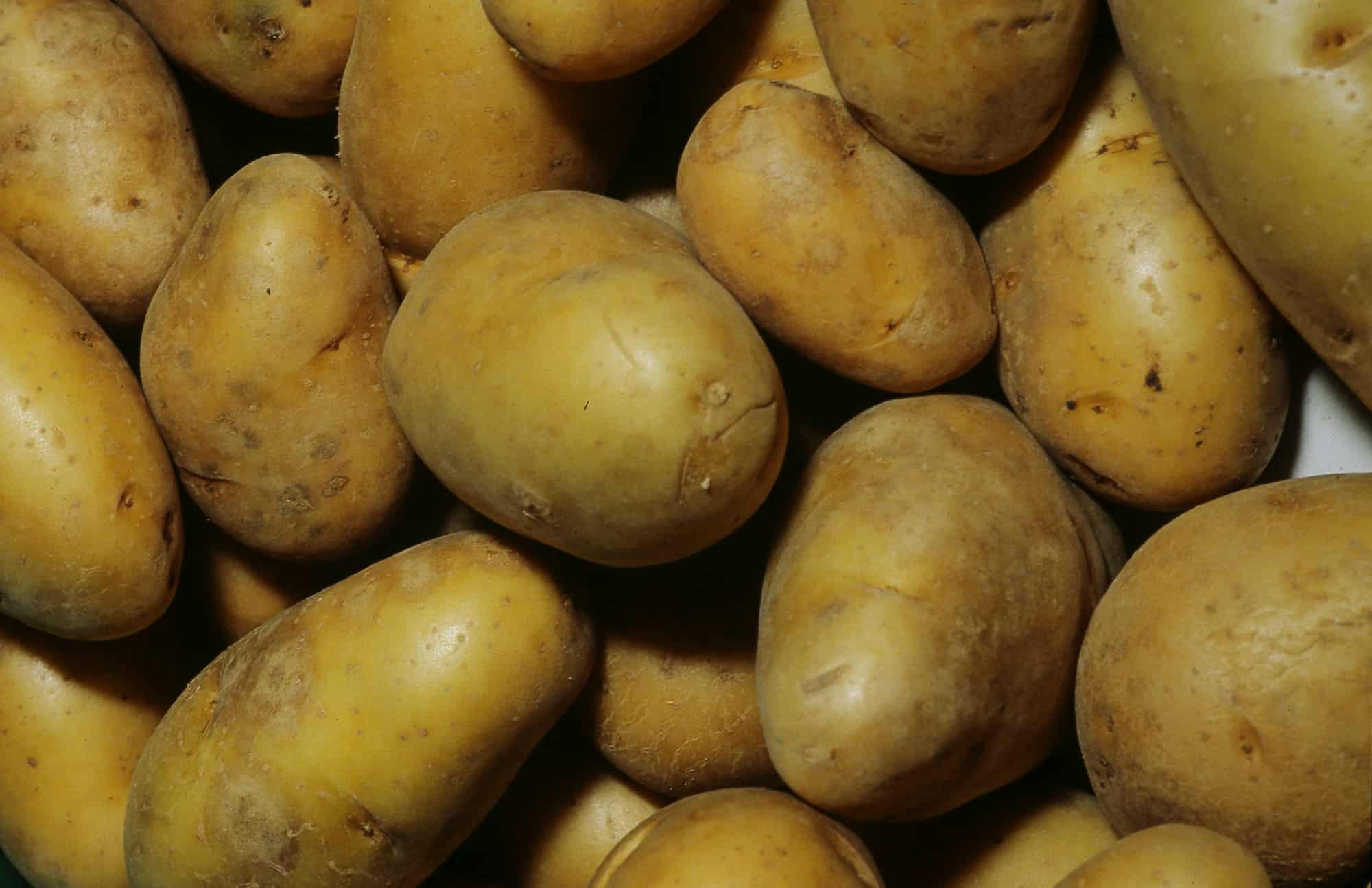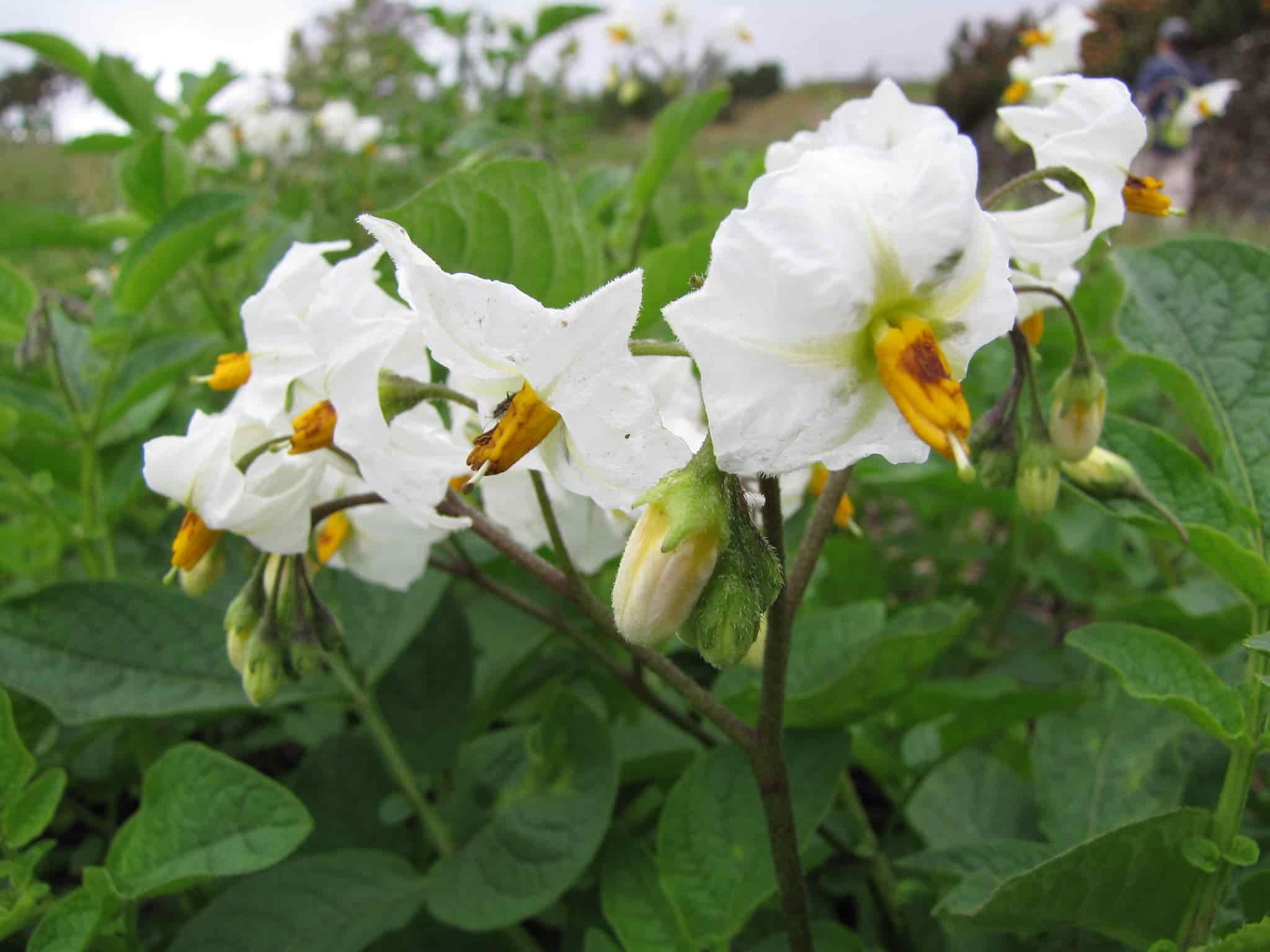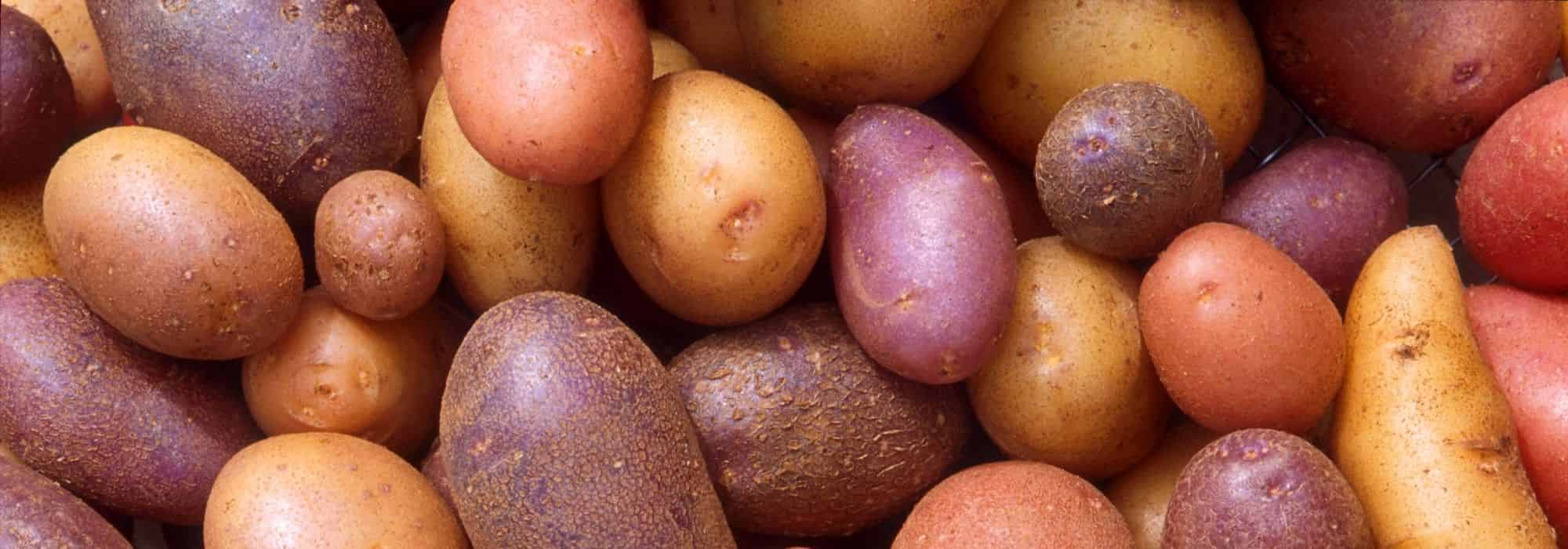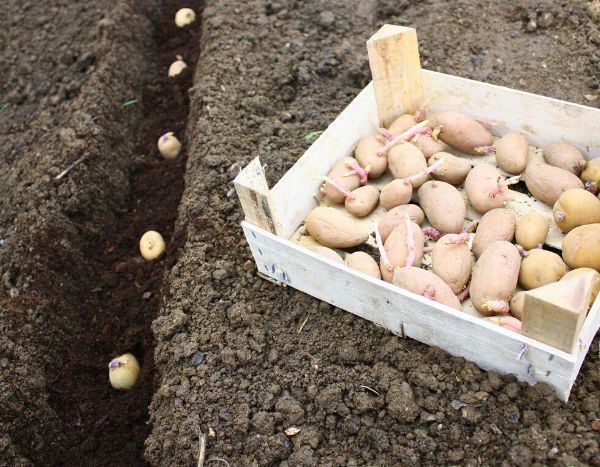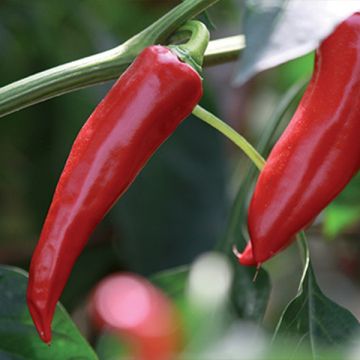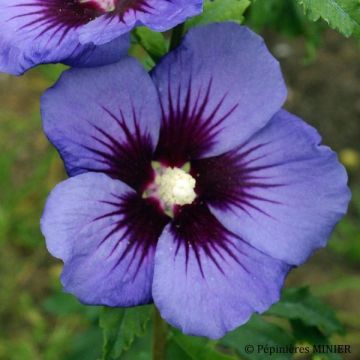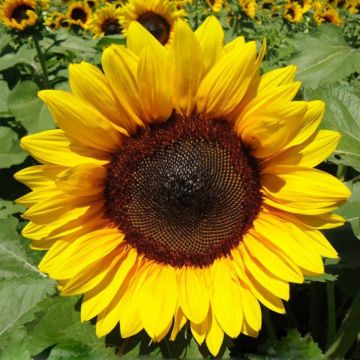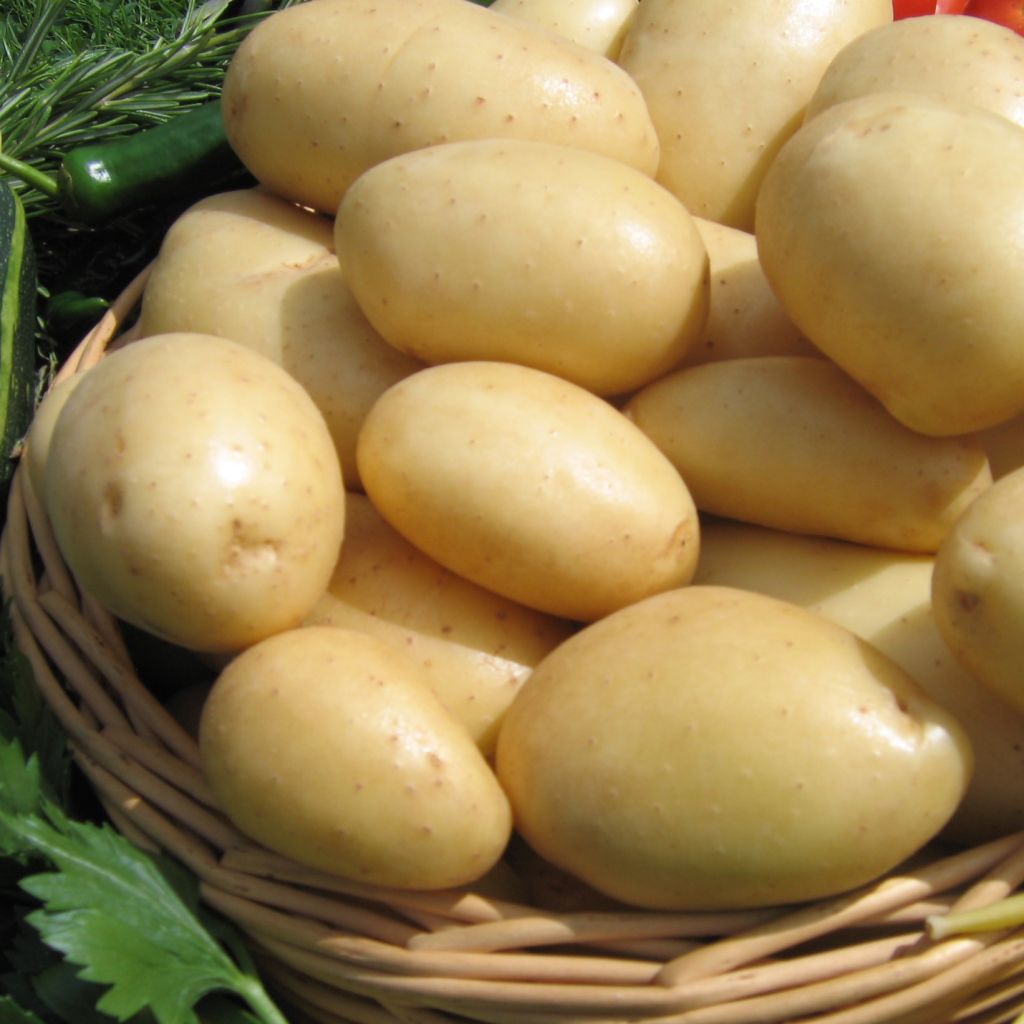

Potatoes Nicola
Potatoes Nicola
Solanum tuberosum Nicola
Potato
I will wait for the harvest to comment on the taste and yield. Having already planted some Nicola, both should be good.
Nicole Krafft, 14/05/2016
Special offer!
Receive a €20 voucher for any order over €90 (excluding delivery costs, credit notes, and plastic-free options)!
1- Add your favorite plants to your cart.
2- Once you have reached €90, confirm your order (you can even choose the delivery date!).
3- As soon as your order is shipped, you will receive an email containing your voucher code, valid for 3 months (90 days).
Your voucher is unique and can only be used once, for any order with a minimum value of €20, excluding delivery costs.
Can be combined with other current offers, non-divisible and non-refundable.
Home or relay delivery (depending on size and destination)
Schedule delivery date,
and select date in basket
This plant carries a 6 months recovery warranty
More information
We guarantee the quality of our plants for a full growing cycle, and will replace at our expense any plant that fails to recover under normal climatic and planting conditions.

Description
The 'Nicola' potato is a semi-early variety with firm flesh. Quite productive, this variety is well suited for storage. The potatoes have a rather elongated shape and have fine and tasty flesh. They are ideal for boiling or steaming and can be stewed or fried. Depending on the climate, plant the tubers from mid-March to May and harvest about 110 days after planting.
The potato is a root vegetable that has become essential in the vegetable garden and the kitchen. It is a perennial plant grown annually, developing tubers as storage organs on its rootstock. The plants produce small flowers in summer except for a few varieties like the Belle de Fontenay. Each plant will produce several potatoes, which can be stored for several months and cooked in multiple ways. The potato belongs to the Solanaceae family, like aubergines and tomatoes. Originally cultivated in the Andes Mountains, it was brought to Europe in the 16th century. It was only around 1750 that it became widely grown, thanks to Parmentier.
There are many varieties. The tubers, which are more or less elongated in shape, have flesh that is generally yellow, sometimes red, pink or purple. Low in calories, potatoes are rich in carbohydrates, iron, and potassium.
There are three categories of potatoes, depending on the flesh content:
- Potatoes with firm flesh have good cooking properties. These somewhat elongated potatoes have delicate and tasty flesh. They are ideal for boiling or steaming and can be stewed or fried.
- Floury potatoes are rich in starch and easily break apart. Reasonably large, these potatoes are perfect for mashed potatoes or soups. They also produce very crispy fries as they absorb less oil when cooked.
- Potatoes with tender flesh have a melting texture while maintaining good cooking properties. They can be used in fried, stewed, or baked.
Harvest: Potatoes are harvested from May to October, depending on the varieties and their earliness. Gently dig up the plants with a garden fork to avoid damaging the tubers. Let the potatoes dry in the sun for a day.
Storage potatoes are harvested when the foliage turns yellow and dries up. Early varieties are harvested 80 to 90 days after planting, semi-early varieties around 110 days, semi-late varieties around 120 days, and late varieties from 120 to over 150 days.
As for new potatoes, with their fragile skin and tasty flesh, they are harvested before maturity, 70 days after planting. Dig them up just after flowering, around May or June.
Storage: After removing the damaged tubers, store the potatoes in a cool, dry, and dark place. In the presence of light, the tubers turn green and produce a toxic compound, solanine. Early-harvested varieties should be consumed quickly. Storage potatoes can be stored for several months. The storage duration varies depending on their earliness: late varieties can be stored the longest.
Harvest
Plant habit
Foliage
Planting and care
Planting: Potatoes need a light, deep, and rich soil. Choose a sunny location. Add well-rotted compost in the previous autumn by scratching it 5 cm (2in) deep after loosening the soil. Planting takes place under shelter in February-March for early varieties. For other varieties, plant them from mid-March to May, depending on the climate. Wait until the soil is at least 10°C (50°F). The flowering of the lilac is often a landmark for starting the planting. Plant several varieties in your vegetable garden to vary the crops!
Loosen the soil deeply and form rows 10 cm (4in) deep, spaced 70 cm (28in) apart. Place the tubers, sprout facing upwards, every 40 cm (16in) (or 30 cm (12in) for early varieties). Cover with fine soil when the plants reach 15 cm (6in), hill up by bringing fine soil to the base of the stems, up to 20 cm (8in) in height. Hilling up will promote tuber formation and water drainage. You can hill them up again a month later. Mulch around the plants with thin successive layers of mixed grass clippings, if possible, with dead leaves. This protection, which keeps the soil moist, also limits weed growth.
Potato cultivation does not require watering, except in case of hot weather. In this case, water the base without wetting the foliage to prevent the appearance of fungal diseases.
Diseases and pests: Potatoes are susceptible, just like tomatoes, to late blight. This is a fungal disease caused by the Phytophthora infestans fungus. Late blight develops in warm and humid weather. Small spots appear, white on the underside of the leaves and brown on the top. As a preventive measure, here are some tips to limit the risk of late blight:
-
do not grow several plants from the Solanaceae family (potatoes, tomatoes, aubergines, peppers, chilli peppers, etc.) in neighbouring rows, as they are susceptible to the same diseases
-
in terms of crop rotation, wait four years before growing another Solanaceae plant in the exact location
-
space the plants, both within and between rows, to promote air circulation and prevent rapid disease spread
-
if you need to water, do not wet the foliage
-
spray a fungicide or use preparations such as horsetail decoction or garlic purée
The Colorado potato beetle, an insect of the order Coleoptera, can also hinder harvesting. You will recognise it by its yellow head and its yellow and black striped body. The best solution, although time-consuming, is to remove them as they appear. As a preventive measure, sow blue flax seeds between your rows of potatoes. Sow from April to June in shallow furrows. In addition to being repellent to Colorado potato beetles, flax will brighten up your vegetable garden with its pretty little blue flowers. You can also interplant peas between your rows of potatoes.
Other planting methods: The detailed planting method above is the most common. Different methods exist, such as mulch planting and tower planting.
Mulch planting involves placing the tubers on the soil and covering them with mulch. This protection is added as the plant grows, with the tubers always kept away from light.
Tower or container planting is practical for small spaces but requires regular watering. The tower can be built from various materials (wood, wire mesh, bags, tyres, etc.). The tubers are placed on a layer of potting soil or compost. As the plant grows, it is covered with more potting soil, leaving only the top leaves exposed, and so on until the top of the tower, allowing the tubers to form throughout the height of the container. Harvesting is done when the foliage has withered.
Cultivation
Care
Intended location
Planting & care advice
-
, onOrder confirmed
Reply from on Promesse de fleurs
Similar products
Haven't found what you were looking for?
Hardiness is the lowest winter temperature a plant can endure without suffering serious damage or even dying. However, hardiness is affected by location (a sheltered area, such as a patio), protection (winter cover) and soil type (hardiness is improved by well-drained soil).

Photo Sharing Terms & Conditions
In order to encourage gardeners to interact and share their experiences, Promesse de fleurs offers various media enabling content to be uploaded onto its Site - in particular via the ‘Photo sharing’ module.
The User agrees to refrain from:
- Posting any content that is illegal, prejudicial, insulting, racist, inciteful to hatred, revisionist, contrary to public decency, that infringes on privacy or on the privacy rights of third parties, in particular the publicity rights of persons and goods, intellectual property rights, or the right to privacy.
- Submitting content on behalf of a third party;
- Impersonate the identity of a third party and/or publish any personal information about a third party;
In general, the User undertakes to refrain from any unethical behaviour.
All Content (in particular text, comments, files, images, photos, videos, creative works, etc.), which may be subject to property or intellectual property rights, image or other private rights, shall remain the property of the User, subject to the limited rights granted by the terms of the licence granted by Promesse de fleurs as stated below. Users are at liberty to publish or not to publish such Content on the Site, notably via the ‘Photo Sharing’ facility, and accept that this Content shall be made public and freely accessible, notably on the Internet.
Users further acknowledge, undertake to have ,and guarantee that they hold all necessary rights and permissions to publish such material on the Site, in particular with regard to the legislation in force pertaining to any privacy, property, intellectual property, image, or contractual rights, or rights of any other nature. By publishing such Content on the Site, Users acknowledge accepting full liability as publishers of the Content within the meaning of the law, and grant Promesse de fleurs, free of charge, an inclusive, worldwide licence for the said Content for the entire duration of its publication, including all reproduction, representation, up/downloading, displaying, performing, transmission, and storage rights.
Users also grant permission for their name to be linked to the Content and accept that this link may not always be made available.
By engaging in posting material, Users consent to their Content becoming automatically accessible on the Internet, in particular on other sites and/or blogs and/or web pages of the Promesse de fleurs site, including in particular social pages and the Promesse de fleurs catalogue.
Users may secure the removal of entrusted content free of charge by issuing a simple request via our contact form.
The flowering period indicated on our website applies to countries and regions located in USDA zone 8 (France, the United Kingdom, Ireland, the Netherlands, etc.)
It will vary according to where you live:
- In zones 9 to 10 (Italy, Spain, Greece, etc.), flowering will occur about 2 to 4 weeks earlier.
- In zones 6 to 7 (Germany, Poland, Slovenia, and lower mountainous regions), flowering will be delayed by 2 to 3 weeks.
- In zone 5 (Central Europe, Scandinavia), blooming will be delayed by 3 to 5 weeks.
In temperate climates, pruning of spring-flowering shrubs (forsythia, spireas, etc.) should be done just after flowering.
Pruning of summer-flowering shrubs (Indian Lilac, Perovskia, etc.) can be done in winter or spring.
In cold regions as well as with frost-sensitive plants, avoid pruning too early when severe frosts may still occur.
The planting period indicated on our website applies to countries and regions located in USDA zone 8 (France, United Kingdom, Ireland, Netherlands).
It will vary according to where you live:
- In Mediterranean zones (Marseille, Madrid, Milan, etc.), autumn and winter are the best planting periods.
- In continental zones (Strasbourg, Munich, Vienna, etc.), delay planting by 2 to 3 weeks in spring and bring it forward by 2 to 4 weeks in autumn.
- In mountainous regions (the Alps, Pyrenees, Carpathians, etc.), it is best to plant in late spring (May-June) or late summer (August-September).
The harvesting period indicated on our website applies to countries and regions in USDA zone 8 (France, England, Ireland, the Netherlands).
In colder areas (Scandinavia, Poland, Austria...) fruit and vegetable harvests are likely to be delayed by 3-4 weeks.
In warmer areas (Italy, Spain, Greece, etc.), harvesting will probably take place earlier, depending on weather conditions.
The sowing periods indicated on our website apply to countries and regions within USDA Zone 8 (France, UK, Ireland, Netherlands).
In colder areas (Scandinavia, Poland, Austria...), delay any outdoor sowing by 3-4 weeks, or sow under glass.
In warmer climes (Italy, Spain, Greece, etc.), bring outdoor sowing forward by a few weeks.






























